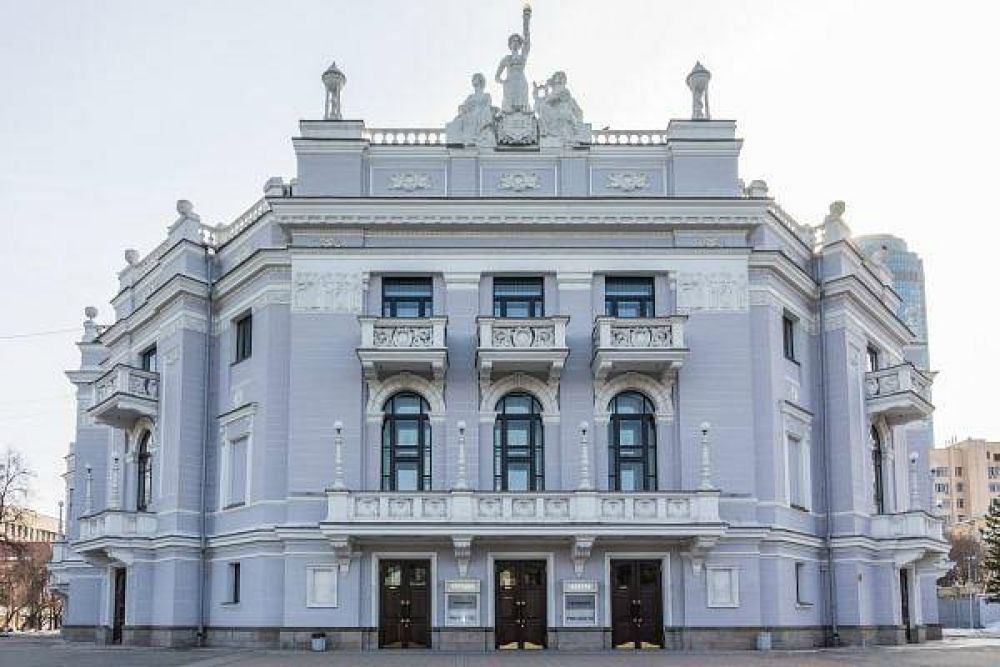

The Yekaterinburg State Academic Opera and Ballet Theatre, situated in the heart of Yekaterinburg, Russia, is one of the oldest and most esteemed theatres in the region. Established in 1912, the theatre has become an iconic venue, attracting both local and international visitors with its rich history and high-quality performances.
The construction of the theatre began in 1904 under the patronage of some of the wealthiest merchants of the time. It was designed by the architect V. N. Semenov and opened its doors to the public on 12th October 1912 with a performance of Mikhail Glinka's opera "A Life for the Tsar". Since then, the theatre has become a cultural hub in the Ural region.
Over the years, the Yekaterinburg State Academic Opera and Ballet Theatre has survived many historical events, including the Russian Revolution and the Soviet era, during which time it served as a beacon of artistic excellence. It has gone through several renovations, the latest being in the 21st century, to maintain the grandeur and acoustic brilliance that it is known for.
The theatre has become renowned for its outstanding contributions to the arts, fostering many talented artists and hosting a variety of performances ranging from classical to contemporary. Its repertoire includes masterpieces by Tchaikovsky, Verdi, and Puccini, as well as modern ballets and operas.
As a prominent tourist attraction in Yekaterinburg, the Opera and Ballet Theatre has significantly contributed to the cultural tourism in the city. Tourists from all over the world visit the theatre not just to enjoy the performances but also to admire its ornate architecture and the beautiful interiors that reflect the splendor of early 20th-century design.
Tours of the theatre are offered to tourists, allowing them to explore the elaborate foyers, the main hall, and to learn about the history of the theatre and its role in the development of performing arts in Russia.
In recent years, the Yekaterinburg State Academic Opera and Ballet Theatre has embraced the latest tourism trends by offering unique experiences such as behind-the-scenes tours, meet-and-greet opportunities with performers, and educational programs designed for tourists interested in the performing arts.
Furthermore, the theatre has adapted to the digital age by offering online streaming of some performances, thus extending its reach to an international audience that may not be able to visit in person. This digital presence has increased global interest in the theatre and the cultural heritage of Yekaterinburg.
Looking forward, it is likely that the Yekaterinburg State Academic Opera and Ballet Theatre will continue to play a significant role in the tourism industry of the region. With ongoing efforts to enrich the visitor experience and the constant addition of new and innovative productions to its repertoire, the theatre seeks to maintain its status as a premier destination for lovers of opera and ballet from around the world.
In conclusion, the history of the Yekaterinburg State Academic Opera and Ballet Theatre is interwoven with the broader cultural and historical tapestry of Russia. As a gem of performing arts and architectural grandeur, it remains a significant attraction for cultural connoisseurs and casual tourists alike, contributing to the rich tapestry of tourism in Yekaterinburg.